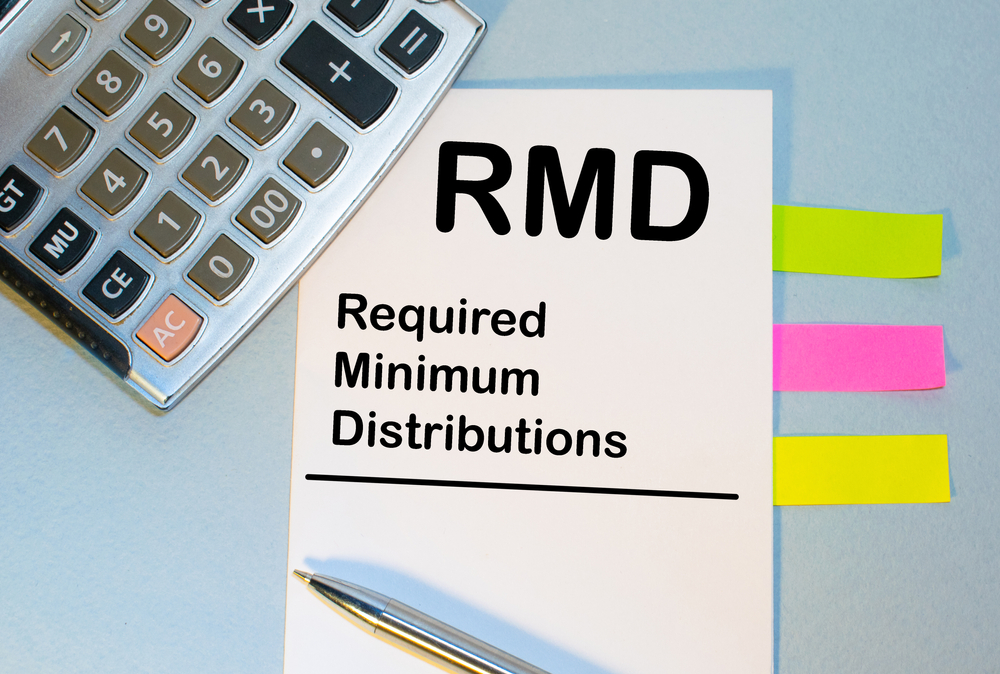
Because June is Annuity Awareness Month, here is an overview about them.
Annuity product designs and types continue to evolve, primarily to meet the demands of people nearing retirement. In addition to their original purpose of providing retirement income, insurance companies have developed hybrid policies, adding features to address the multiple risks consumers face as they get older.
The most important thing you should know about annuities is that they are insurance policies, or contracts between you and an insurance company. Guarantees in them are backed by the financial strength and claims-paying ability of the issuing insurance company.
As with any contract, it’s important to read and understand the fine print before you sign, and you should compare policies from multiple insurance companies to find the best value. That’s where a good independent financial advisor can help.
Fixed Annuities
Fixed annuities are probably the easiest type of annuity to understand. (They are also the oldest—a simple form of the fixed annuity was originally created for Roman soldiers who grew too old to serve.) An insurance company will guarantee* a fixed interest rate on your fixed annuity contract for a selected term, usually from one to 15 years. You can usually purchase a fixed annuity with either a lump sum of money or a series of payments over time.
At the end of the contract term, you can take the money out, put it into another investment, or “annuitize,” meaning you can begin to take periodic payments over time to create income for retirement. This is called the “payout phase” of an annuity contract and it may last for a specified number of months, years, or be guaranteed* for as long as you live.
If you do choose to annuitize a fixed annuity policy, you can begin to receive periodic payments at once (called an immediate fixed) or you can wait until a certain age or time in the future to start receiving payments (called a deferred fixed).
If you purchase one of these annuities with non-qualified money (meaning you have already paid taxes on it), the interest in the annuity policy accrues on a tax-deferred basis. At the point where you take the money out of the annuity or begin taking periodic annuity payments, distributions are taxed based on an “exclusion ratio” so that you only pay taxes on the interest or gains.
If you purchase one of these annuities with qualified money, such as by rolling it over from a traditional 401(k) or IRA, distributions are 100% taxable, since you have not paid any taxes on any of the money yet. As with any qualified plan, if you take or withdraw money before age 59-1/2 you may owe additional tax penalties.
Variable Annuities
Variable annuities were developed in the 1950s. The best way to explain variable annuities is to compare them to fixed annuities. First of all, most variable annuities require a prospectus since part of your money will actually be invested in the stock market, called “sub-account investments.” That means that there is market risk involved with variable annuities, because you can either make money on the amount invested in sub-accounts, or you can lose it depending on market performance.
Variable annuities are usually purchased with the expectation that at some point the contract owner will annuitize or begin taking periodic payments. These are called deferred variable annuity contracts. (You can also purchase an immediate variable annuity contract.)
The important thing to understand about the variable annuity contract is that your periodic annuity payments may fluctuate based on stock market performance, depending on policy terms. And it’s possible that some variable annuity policies can lose principal due to stock market losses.
Variable annuities often come with a death benefit for your beneficiaries based on the contract terms, but some specify that there must be enough money left in the policy after annuitization payments have been taken out and/or will pay the death benefit as long as the sub-accounts have not lost too much money.
Fixed Indexed Annuities
Fixed indexed annuities were first designed in 1995. The biggest difference between them and variable annuities is that fixed indexed annuities are not actually invested in the stock market so they are not subject to market risk. With fixed indexed annuities, after you have owned the policy for a specified number of years your principal is guaranteed*.
With fixed indexed annuities, any policy gains are credited and then locked in annually, bi-annually or at specified points in time. The gains credited to the policy are determined by the insurance company based on the performance of a selected index (for instance, the S&P 500) or multiple indexes. Some fixed indexed annuity gains are capped relative to index performance, meaning you can only be credited a certain percentage, but some are uncapped.
Index performance is used as a benchmark for policy gains or periodic crediting and lock-in. With fixed indexed annuities, you have the potential to participate in market gains. And if the benchmark index loses money, your policy is credited with 0%, keeping the most current locked-in principal value in place.
Fixed indexed annuities can be purchased on an immediate or deferred basis. They can be purchased with qualified or non-qualified money. And they can offer a lifetime income option and/or a death benefit.
Other Things to Know About Annuities
*The guarantees provided by annuities rely on the claims-paying ability and financial strength of the issuing insurance company.
Annuities must be considered carefully based on your particular situation because they are not liquid. Almost all annuities are subject to early withdrawal penalties. Make sure you understand the contract terms and the type of annuity you are purchasing. Your financial advisor can help you compare and analyze policies.
This article is provided for information purposes only and is accurate to the best of our knowledge. This article is not to be relied on or considered as investment or tax advice.
Have questions about annuities? Please call us! You can reach Bulwark Capital Management at 253.509.0395.















 253.799.6416
253.799.6416 invest@bulwarkcapitalmgmt.com
invest@bulwarkcapitalmgmt.com